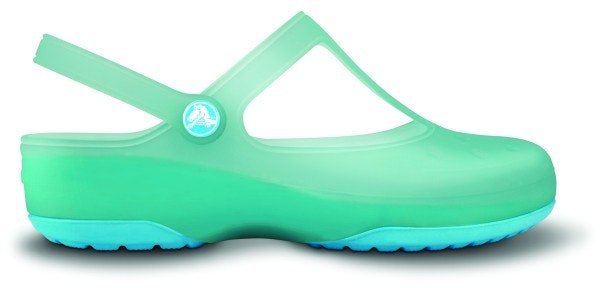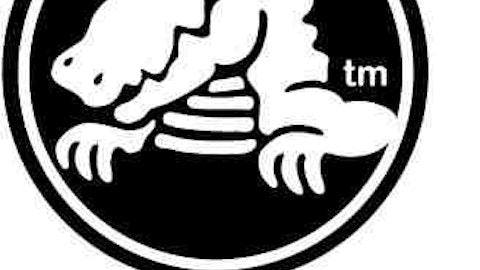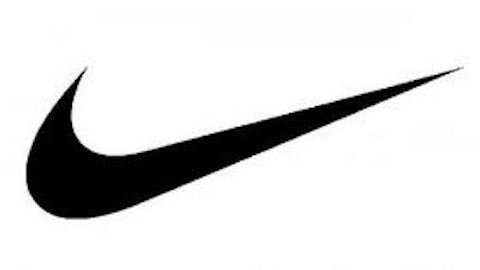Although Crocs, Inc. (NASDAQ:CROX) opened for business in 1999, it took about a half-dozen years before its colorful injection-molded clogs hit anyone’s radar. But when they did hit, they hit big. A highly anticipated IPO was followed by a rapid rise in stock price that topped 400% before peaking in late October 2007 — and then collapsed, just as quickly, falling by more than 98% over the next 13 months.

As the first quarter draws to a close, a SWOT analysis — examining the company’s strengths, weaknesses, opportunities and threats — shows where investors should be looking ahead of Crocs’ next earnings release Apr. 25.
Strengths
• Brand image — With the Crocs name now known throughout much of the world, the company is increasing its marketing expenditures by 33% this year to expand its positioning in the casual footwear marketplace. Global print, outdoor and social media will be utilized more extensively to connect directly with consumers, who generally carry a favorable opinion of the brand.
• Kids products — Currently representing about 25% of sales, children’s models present solid opportunities thanks to licensing tie-ins with Lego, Barbie and other popular brands. Crocs offers full lines of these for babies, children 1-6, and juniors 7 and up, as well as its Jibbitz line of decorative clog accessories.
• Value pricing — Crocs, Inc. (NASDAQ:CROX) are generally priced lower than shoes from competitors like Merrell and Patagonia Footwear from Wolverine World Wide, Inc. (NYSE:WWW), and Sanduk and Teva from Deckers Outdoor Corp (NASDAQ:DECK). Both of these companies make casual shoes and sandals aimed at a similar customer base, and are much larger and can mount more substantial marketing efforts. The ability to offer Crocs at attractive price points will remain an important advantage in future battles. Additionally, Crocs are typically only slightly more expensive than knock-offs and outright counterfeits.
Weaknesses
• Tough competition — The landscape is vast and includes major athletic and footwear suppliers, branded apparel companies and retailers with private-label footwear, as well as niche firms like Sloggers that offer similar styles. A serious threat also comes from unbranded knock-offs, which siphon sales and impact brand image due to their generally inferior construction and detail.
• Inventory management — Always a challenge in fast-growing and trendy industries, out-of-control inventories were a major reason for Crocs, Inc. (NASDAQ:CROX)’s 2008 collapse. High levels at third-party retailers pressured pricing and slowed orders. The subsequent inventory build at the source only compounded problems. The company continues working to alleviate these issues through better supply routes and fewer retailers.
Opportunities
• New products — Popular expansions beyond the classic clog include slip-on flats for women, canvas loafers for men, and enclosed workplace shoes for both sexes. In 2012 Crocs introduced its first golf shoe to promising initial results, and in early March began distributing a widely anticipated Huarache. Introductions last fall did particularly well in growing markets like Russia, Austria and the Nordics, while new products overall represented more than one-third of global fourth-quarter sales.
• New markets — Asia has provided the company’s biggest boost. Sales in the region were up 20% year-over-year in 2012 and nearly 125% since 2008, thanks largely to China and Korea. Expansion in Russia, the Middle East and South America has also borne fruit.
• New outlets — Crocs opened 201 retail sites in 2012, bringing its worldwide total to 537, and it expects to add 70 to 95 more this year. Most of these are full retail stores vs. pop-up kiosks, which the company focused on initially but is now shuttering in favor of actual stores. The majority is opening in Asia, followed by Europe, and Crocs sees these driving double-digit growth in that beleaguered region. The footwear also sold well in 2012 at “key partners” such as Famous Footwear and DSW (NYSE:DSW) — the $2 billion national branded footwear and accessories chain that pushes Crocs hard in its stores and on its web sites. Additionally, wholesalers opened 1,300 new doors and about 560 new accounts globally during the year.
Threats
• Europe — Performance in Europe has been hurt by macroeconomic conditions and no immediate improvement is in sight. Revenue in the region accounted for 15% of the company’s total in 2012, compared to 17% a year earlier, and was the only negative in a year that recorded a more than 12% rise overall.
• Japan — Business fell 12% year-over-year in the fourth quarter, and the company sees this market as its most challenging in 2013. “Conservative consumers” remain reluctant to ramp up purchases, it says, while the yen’s decline continues its adverse impact on operations.
• Counterfeits — Protecting Crocs’ trademarks and other intellectual property, particularly outside the U.S., remains a costly challenge. The company scored a significant victory in December when 18 people in China were fined by local courts and sentenced to a combined 46 years in prison after police seized nearly 130,000 pairs of fake Crocs worth almost $10 million. This was part of the 600,000 counterfeits confiscated in China alone in recent years, but officials concede the problem continues worldwide.
The bottom line
Crocs, Inc. (NASDAQ:CROX) has been one of the more intriguing corporate stories of recent years. The rapid rise from an IPO that was already the largest in footwear history and the stunning fall a few months later are already the stuff of legend. But more important — and certainly more impressive — is the way management has addressed its problems. As a result, Crocs has managed to grow the market for the product that put it on the map while branching out with others that expand its presence.
Many of the headwinds Crocs battled during the past decade haven’t completely died down. And the casual footwear industry remains fraught with seasonal, competitive and trend/taste issues that present a constant challenge. But Crocs seems to have weathered the worst of it, and looks poised to continue its respectable comeback.
The article Have Crocs Hit Their Stride? originally appeared on Fool.com and is written by Howard Rothman.
Copyright © 1995 – 2013 The Motley Fool, LLC. All rights reserved. The Motley Fool has a disclosure policy.


